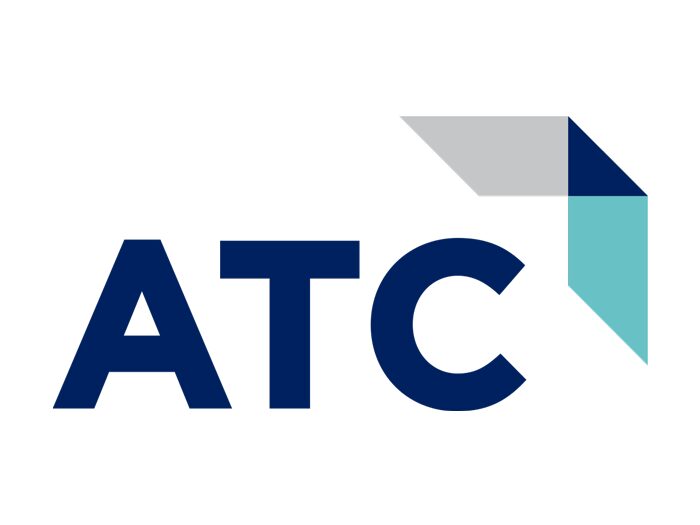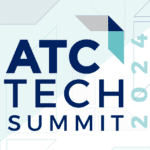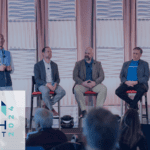(Originally published by Channel Partners and bylined by ATC partner, Internap.)
Most IT departments are aiming to optimize performance, cost-efficiency and security for a growing range of applications and workloads. As a result, interest in hybrid environments is growing quickly. Recognizing this opportunity, service providers are rushing to define what “hybrid” means and basing offerings on their own interpretations.
Amid that noise, several definitions for the term stand out, but each has limitations.
For example, many experts, including the National Institute of Standards and Technology (NIST), focus exclusively on the cloud when describing hybrid environments. NIST defines a “hybrid cloud” as a combination of public, private and community clouds “bound together by standardized or proprietary technology that enables data and application portability (e.g., cloud bursting for load balancing between clouds).”
While this definition is sufficient when describing a combination of disparate clouds, it fails to address common scenarios where technologies enable data and applications to be easily managed and moved across both cloud and non-cloud infrastructure environments.
Hybridization is often also defined as a mixture of on-premises and hosted cloud — but this presents a number of problems. First, the importance of the demarcation line between on- and off-premises infrastructures is diminishing.
Logical and physical networks and other infrastructure elements, like WAN acceleration appliances, firewalls, storage gateways and application-delivery controllers, are routinely extended across companies’ on-premises data centers and third-party sites to improve network performance, security and ease of use. This blurring of the cloud “edge” renders the physical location of an application running across environments less important. Split application architectures may be deployed in a single data center but have certain workloads reside within different hosting environments.
Read more here.











